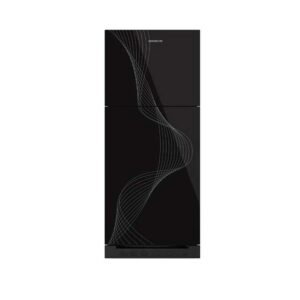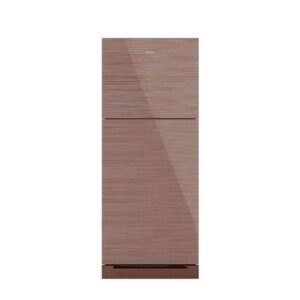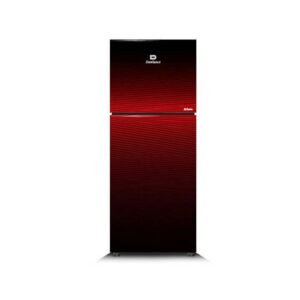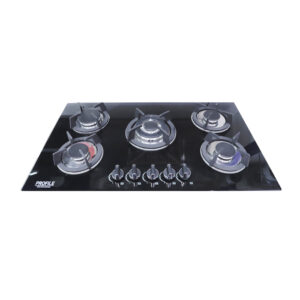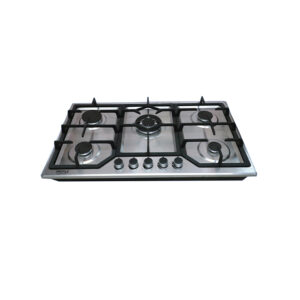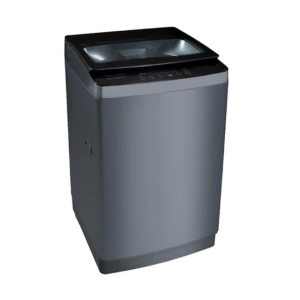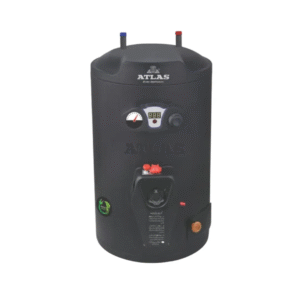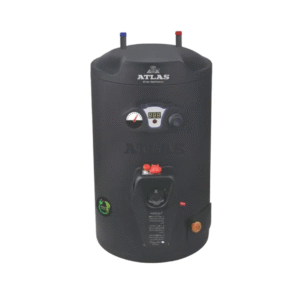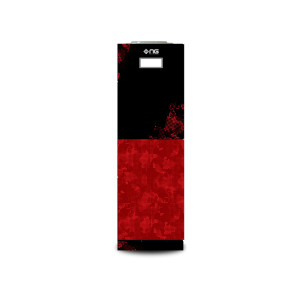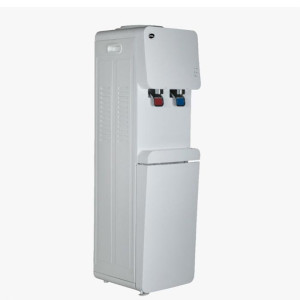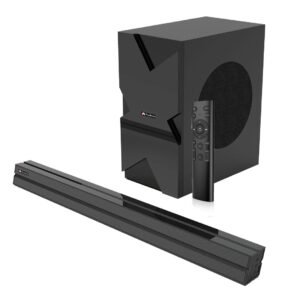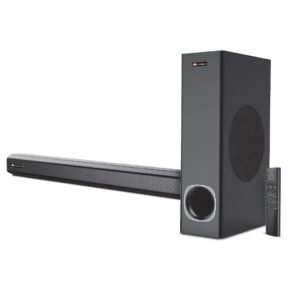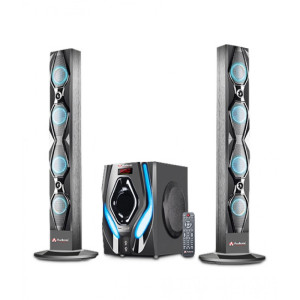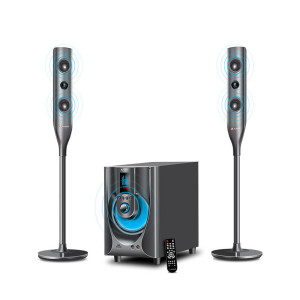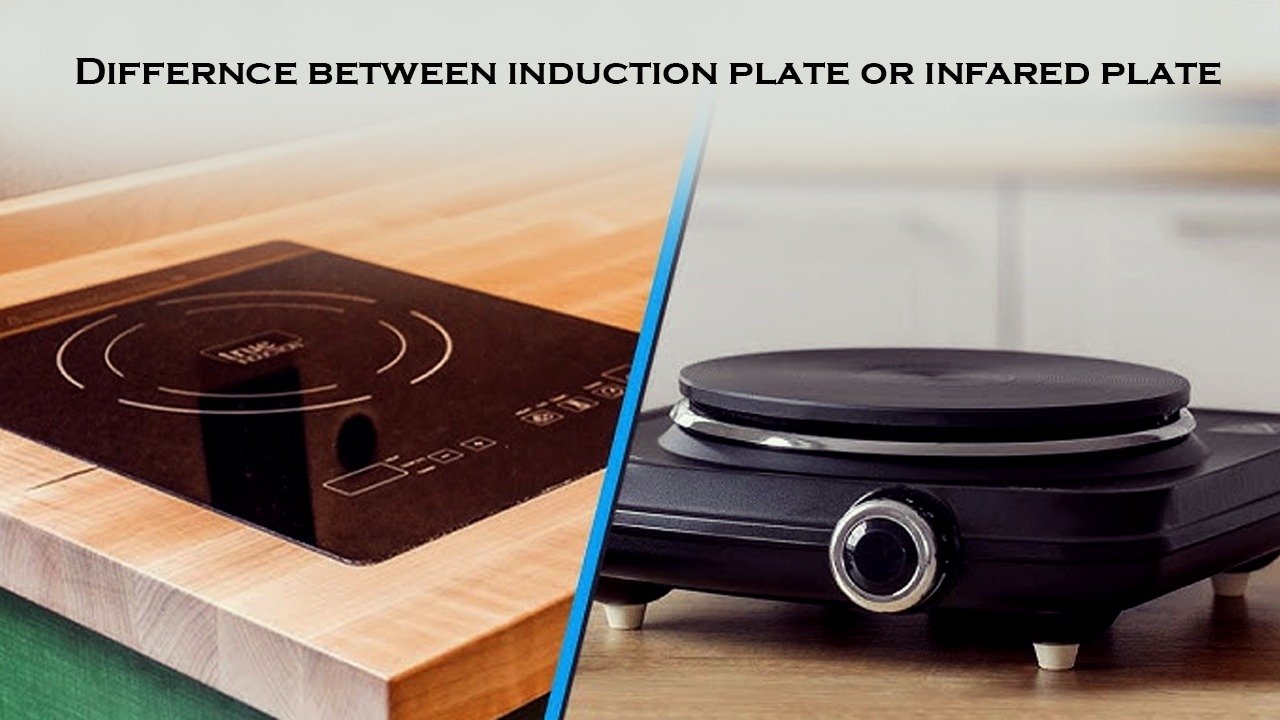As kitchen technology gets better, there are a lot more ways to cook quickly, safely, and efficiently. These are induction and infrared. They stand out for their unique methods of heating. Understanding the difference between Induction Plate and Infrared Plate can help you choose the right one for your kitchen. Electrocity is the big supplier of these unique and modern Kitchen appliances.
Introduction to Induction and Infrared Cooking
Cooking on Induction and infrared plates are two modern methods that offer distinct advantages and cater to different culinary needs. Both are designed to make cooking more efficient, but they achieve this in different ways. Let’s explore how each works and what benefits they offer.
Induction Cooking
How Does Induction plate Work?
Induction cooking operates on the principle of electromagnetic induction. Beneath the glass surface of an induction plate lays a coil of copper wire. When you, turn on the cook top an alternating electric current passes through this coil. It creates an oscillating magnetic field. However, this magnetic field doesn’t produce heat by itself. Instead, it induces an electric current in the cookware placed on the plate. This current generates heat directly in the pan, making the cooking process highly efficient.
What’s particularly interesting about induction is that the cook top itself doesn’t get hot. Only the cookware heats up, as the energy is transferred directly to the pan, leaving the surface cool to the touch. This not only speeds up cooking times but also enhances safety in the kitchen.
Benefits of Induction Cooking
- Rapid Heating: One of the standout benefits of induction is its speed. Because the heat is generated directly in the cookware, food cooks faster than with traditional gas or electric stoves.
- Energy Efficiency: Induction is known for its excellent energy efficiency. Since nearly all the energy is used to heat the cookware, very little is wasted. This can result in lower energy bills over time.
- Precision and Control: Induction cook tops offer precise control over temperature. This is particularly useful for recipes that require exact heat settings, such as sauces or delicate dishes.
- Enhanced Safety: Safety is a key feature of induction cooking. Since the cook top itself remains cool, there’s a lower risk of accidental burns. Additionally, it won’t activate unless compatible cookware is detected.
Cookware Compatibility
A key consideration with induction is the type of cookware you use. Because induction relies on magnetic fields, only cookware made from magnetic materials will work. This includes cast iron and some stainless steel pots and pans. Cookware that isn’t magnetic, such as aluminum or copper, won’t work on it unless it has a magnetic layer built in.
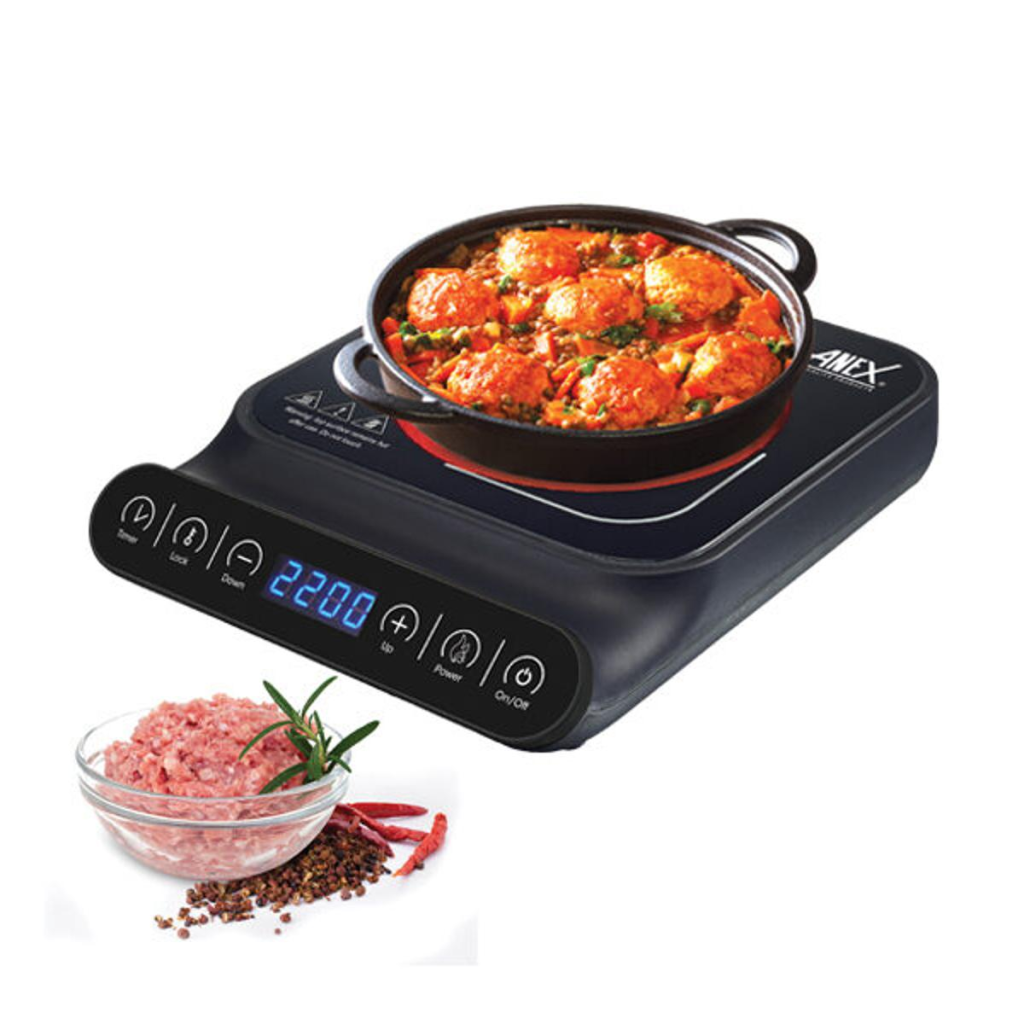
Infrared Cooking
How Does Infrared Plate Work?
Infrared cooking, on the other hand, relies on a different principle. It uses infrared radiation to generate heat. When you turn on an infrared plate, the heating element emits infrared radiation, which is absorbed by the cooktop surface and then transferred to the food. This is similar to how the sun warms the Earth through radiant heat.
Infrared cooktops are often praised for their ability to produce intense, even heat, making them ideal for tasks like grilling or searing. However, unlike induction, the plate surface does get hot during use, as the heat is first generated in it and then transferred to the cookware.
Benefits of Infrared Cooking
- Even Heat Distribution: Infrared cook tops are known for providing consistent, even heat across the cooking surface. This makes them particularly suitable for tasks that require uniform cooking, such as baking or searing meat.
- Versatile Cookware Options: One of the advantages of infrared is that it doesn’t require specific cookware. You can use any type of pot or pan, including those made from glass, aluminum, or ceramic.
- Ideal for High-Heat Cooking: It is excellent for cooking methods that require high heat, such as grilling, broiling, or searing. The radiant heat can create a crispy exterior on foods like steaks or vegetables.
Considerations with Infrared Cooking
- Heating Time: In Infrared cookong typically take longer to heat up compared to induction. This might not be a significant issue for all cooking tasks, but it’s something to consider if speed is a priority.
- Potential for Uneven Heating: While infrared is generally good at providing even heat, improper use or uneven cookware can sometimes result in hot spots. Ensuring that your cookware sits flat on the cook top can help mitigate this issue.
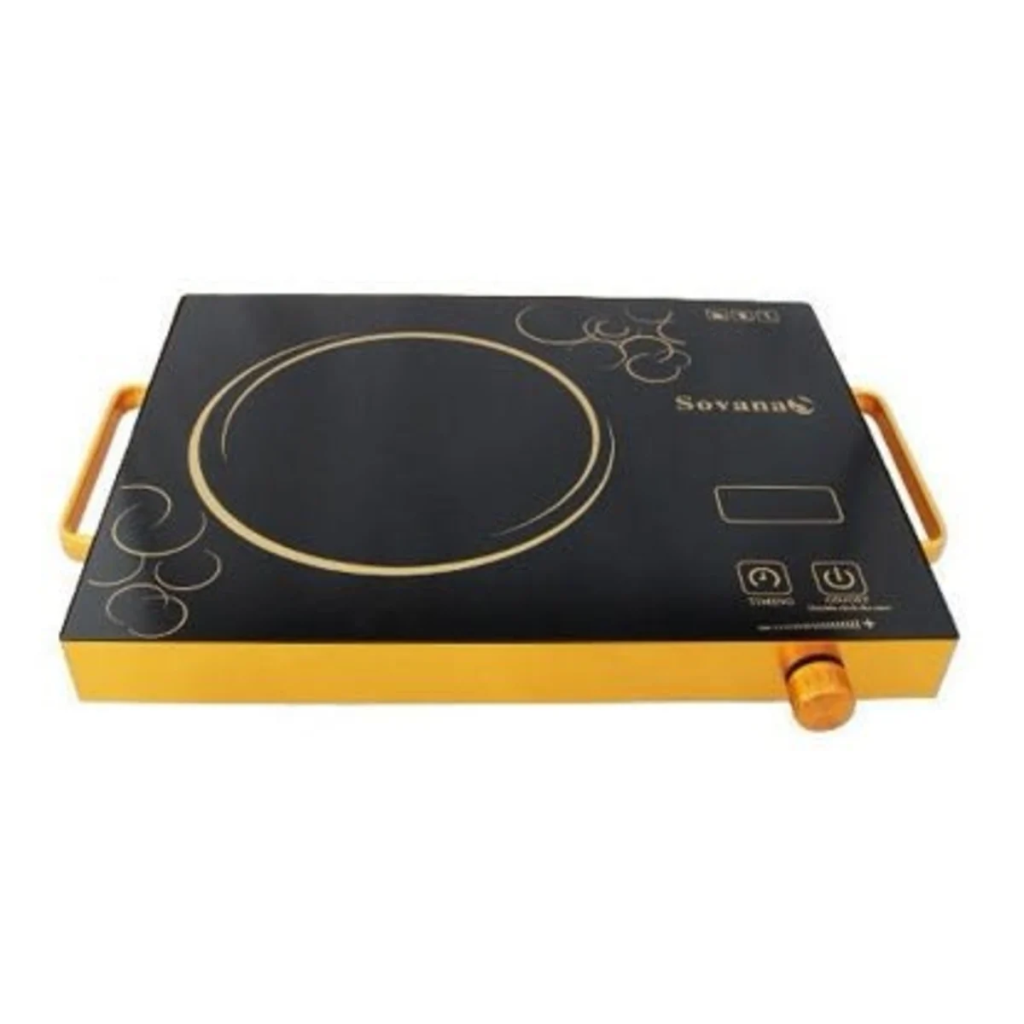
Key Difference Between Induction Plate and Infrared Plate
Heating Method
The most fundamental difference between these two technologies is how they generate heat. Induction cook tops heat the cookware directly through electromagnetic induction, making the process fast and energy-efficient. In contrast, infrared cook tops heat the cooking surface, which then transfers the heat to the food. This indirect method can sometimes result in slower cooking times but offers a different kind of cooking experience.
Energy Efficiency
When it comes to energy efficiency, induction generally has the upper hand. Since the heat is generated directly in the cookware, there is minimal energy loss. Infrared, while still efficient, loses some energy as heat radiates from the cooktop surface into the surrounding environment.
Cooking Speed
Induction cooktops are known for their quick heating capabilities, which can reduce cooking times significantly. Infrared cooktops, while capable of high heat, may take longer to reach the desired temperature, especially for dishes that require sustained heat.
Safety
Safety is another area where these two technologies differ. Induction cook tops are safer because it remains cool to the touch, reducing the risk of burns. They also feature automatic shut-off mechanisms when non-compatible cookware is removed. Infrared cook tops, however, can get very hot and require more caution during use.
Choosing the Right Cooking Technology
Consider Your Necessity
When deciding between induction and infrared, think about your necessity. If you often cook meals that require precise temperature control or you’re looking to speed up your cooking time, induction might be the better choice. On the other hand, if you enjoy grilling or searing and prefer versatility, an infrared plate could be more suitable.
Budget Considerations
Budget is also an important factor. While both technologies can be more expensive than traditional cook tops, induction models tend to be expensive due to their advanced technology. However, the energy savings and efficiency could justify the initial cost over time.
Personal Preference
Ultimately, the choice between induction and infrared comes down to personal preference. Each technology has its strengths, and what works best will depend on your individual needs and cooking style. If possible, try out both options to see which one feels more intuitive and meets your kitchen requirements.
Whether you’re drawn to the precision and efficiency of induction or the versatility of infrared, now is the perfect time to upgrade your kitchen. Explore our latest models at electrociti.pk and start cooking with the best technology available!


